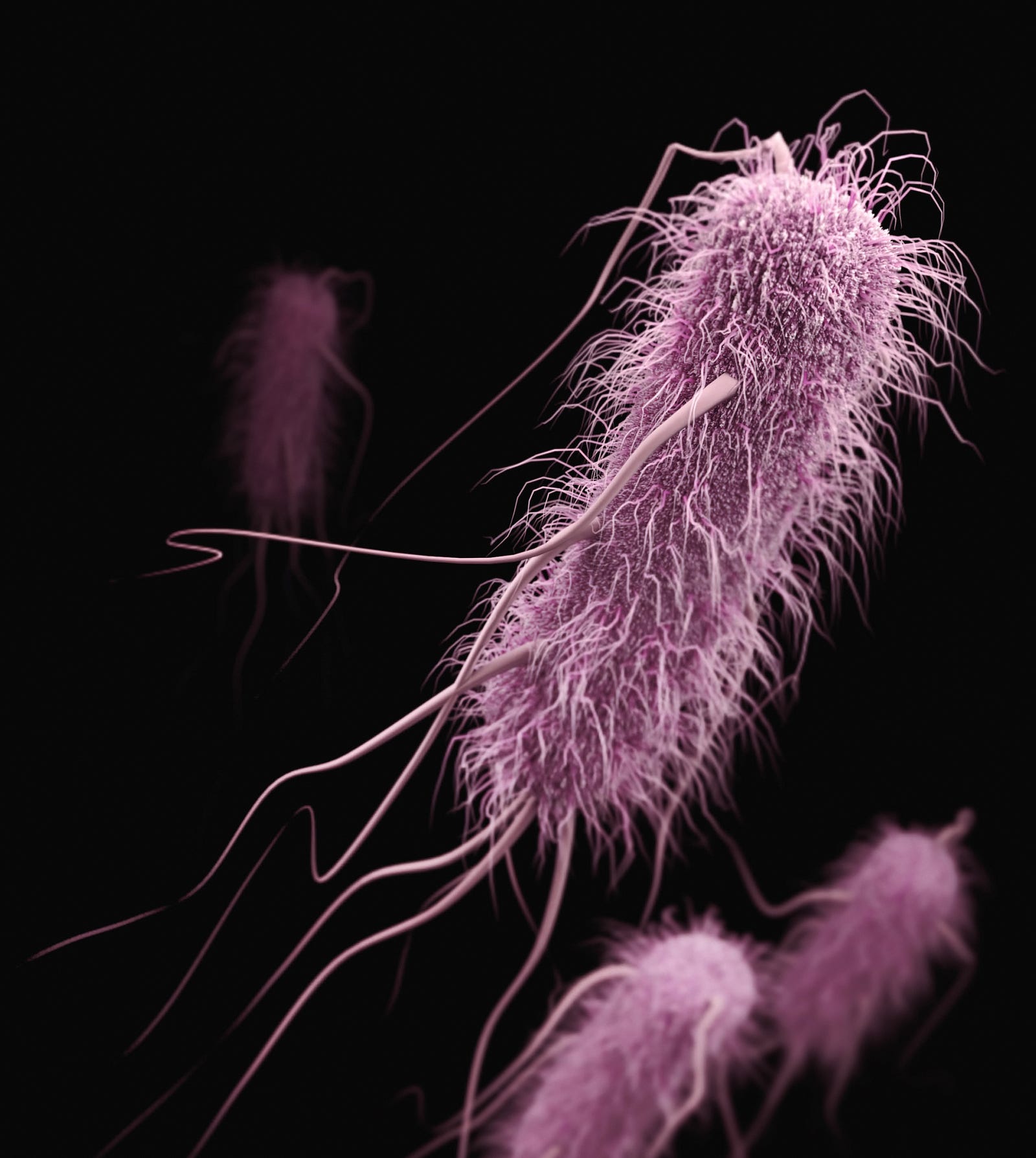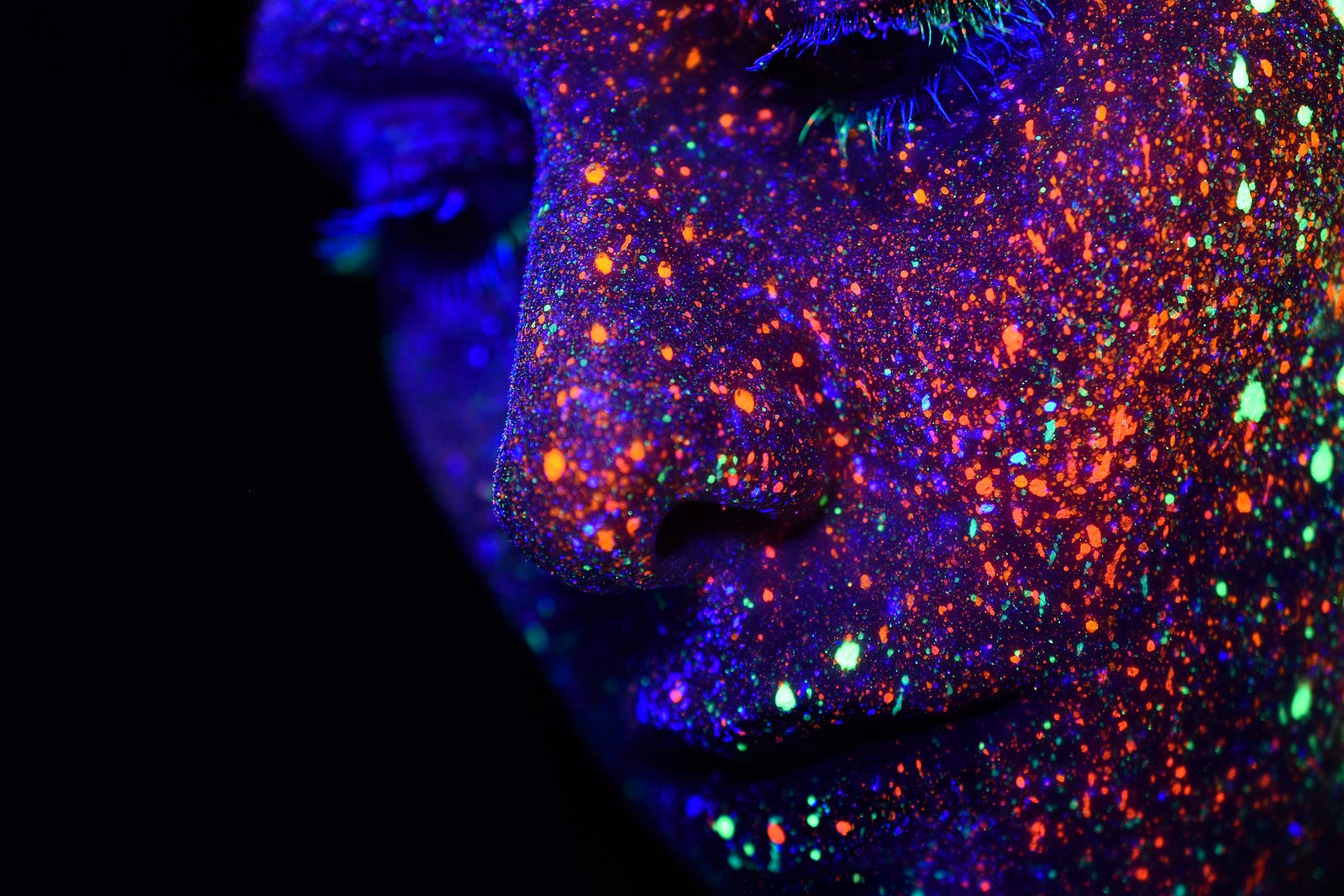SUPERBUGS CAUSE OVER 10,000 DEATHS in the USA annually. In the ongoing battle against antibiotic-resistant superbugs, a groundbreaking breakthrough has emerged, spearheaded by the remarkable capabilities of artificial intelligence (AI). AI has now delivered a powerful weapon against these dangerous pathogens. This article will explore AI and the development of a new drug to defeat a superbug.
Even benign dependency on AI/Automation is dangerous to civilization if taken so far that we eventually forget how the machines work. — Elon Musk.
The Rise of Superbugs: A Looming Threat
The Mayo Clinic (USA) explains that “superbugs are strains of bacteria, viruses, parasites, and fungi that are resistant to most antibiotics and other medications commonly used to treat the infections they cause. A few examples of superbugs include resistant bacteria that can cause pneumonia, urinary tract infections, and skin infections.”
Superbugs are also known as multidrug-resistant organisms (MDROs). They are microbes that have developed resistance to multiple antibiotics.
These pathogens present a formidable challenge to healthcare professionals worldwide, as they can cause severe infections that are difficult to treat.

Superbugs have been responsible for prolonged hospital stays, increased mortality rates, and escalating healthcare costs. Here is the title of an article from the Infectious Diseases Society of America:
Drug-resistant Infections Led to $1.9 Billion in Health Care Costs, More Than 10,000 Deaths Among Older Adults in One Year.
Conventional antibiotic development has struggled to keep pace with the rapid evolution of these resilient bacteria, calling for innovative solutions.
A Resistant and Dangerous Organism
Acinetobacter baumanii is ubiquitous in healthcare settings. The bacteria cling to doorknobs, counters, and other surfaces.
A. baumanii can grab DNA bits from other organisms. The microbes can incorporate genes that help them resist drugs healthcare professionals use to treat them.
“It’s what we call in the laboratory a professional pathogen,” said Jon Stokes, one of the study authors and an assistant professor of biochemistry and biomedical sciences at McMaster University (Canada).)
Actinetobacter baumanii causes challenging-to-treat lung, skin, and blood infections. In 2019, the US Centers for Disease Control and Prevention warned that Acinetobacter baumanii infections were “of greatest need” for new types of antibiotics to treat them.
A 2022 study of hospital patients with A. baumanii infections that were resistant even to powerful antibiotics found that one in four died within a month of their diagnosis.
Enter Artificial Intelligence
With its ability to analyze vast amounts of data and identify patterns, artificial intelligence (AI) offers a promising avenue to tackle the superbug crisis.
By leveraging machine learning algorithms and deep neural networks, AI can process massive databases, uncover hidden insights, and accelerate the discovery of novel antibiotics. This combination of computational power and data-driven analysis holds the potential to revolutionize drug discovery and development.
Machine learning explained | MIT Sloan
Machine learning is a powerful form of artificial intelligence affecting every industry. Here’s what you need…mitsloan.mit.edu
Harnessing AI for Antibiotic Discovery
In recent years, scientists and researchers have begun employing AI techniques to explore uncharted territory in the quest for new antibiotics.
One remarkable example is the use of generative adversarial networks (GANs) to create virtual libraries of potential drug compounds. GANs use a combination of neural networks to generate new molecules with desired properties, such as the ability to target and destroy superbugs effectively.
These AI-generated molecules undergo virtual screening, testing against a wide range of bacterial strains, and their potential effectiveness is evaluated.
Through iterative cycles of generation, screening, and optimization, AI algorithms gradually improve the quality and specificity of the molecules, resulting in the identification of promising candidates for further investigation.
The Discovery of an AI-Driven Antibiotic
In a recent study published in Nature Chemical Biology, researchers employed AI techniques to discover a potent antibiotic capable of tackling superbugs.
The researchers could generate and screen millions of virtual molecules by training their AI model on a vast dataset of bacterial structures, known drug compounds, and their interactions.

The scientists then had the model screen more than 6,000 molecules, which Stokes said the AI could do over a few hours.
They narrowed the search to 240 chemicals, which they tested in the lab. The lab testing helped them narrow the list to nine of the best bacteria inhibitors. From there, they took a closer look at the structure of each one, eliminating those they thought might be dangerous or related to known antibiotics.
After several optimizations and computational analysis rounds, a few molecules emerged as promising candidates. The researchers synthesized these molecules and tested them against various antibiotic-resistant bacteria in laboratories.
That left with one compound, RS102895, a drug originally developed as a potential treatment for diabetes.
The winning drug uses a novel mechanism, preventing components of the bacteria from traveling from inside the cell to its surface.
This compound demonstrated potent activity against multiple strains of superbugs, effectively inhibiting their growth and promoting bacterial kill.
The AI-Developed Drug is Selective
The AI-developed drug candidate RS102895 — which the researchers renamed abaucin — works only on Actinetobacter baumanii.
Most antibiotics are broad-spectrum; they work against many bacterial species. Broad-spectrum antibiotics put considerable selection pressure on bacteria, causing them to evolve quickly; they share genes that help them resist the antibiotic and survive.
The new drug does not impose universal selective pressure, so resistance should be slower to develop.
The Future of AI-Driven Antibiotics
The discovery of this AI-driven antibiotic represents a significant step forward in the fight against superbugs. However, it is important to note that this is just the beginning.
Extensive preclinical and clinical trials will be necessary to determine the compound’s efficacy and side effects. The journey from the lab to the patient’s bedside should be rigorous, ensuring that any new drug meets the necessary regulatory standards.

By augmenting human intelligence with machine learning capabilities, AI can significantly accelerate the drug development timeline and potentially lead to the discovery of more effective treatments for antibiotic-resistant infections.
Conclusions: Artificial Intelligence and Antibiotics
The discovery of an AI-driven antibiotic marks a turning point in the battle against superbugs.
By harnessing the power of artificial intelligence, researchers have unlocked new possibilities in drug discovery and development.
This groundbreaking approach holds promise in combating antibiotic resistance and addressing other medical challenges that require the analysis of complex datasets.
As we continue to explore the potential of artificial intelligence in healthcare, it will be essential to strike a balance between innovation and caution.
The collaboration between AI and medical professionals paves the way for a future where technology and human expertise work hand in hand to overcome the formidable challenges of superbugs and other healthcare threats.
Key Points — From Code to Cure: How AI Found an Antibiotic to Defeat Superbugs
- Question. Can artificial intelligence develop an antibiotic to defeat superbugs?
- Findings. In a recent study published in Nature Chemical Biology, a team of researchers employed AI techniques to discover a potent antibiotic capable of tackling superbugs.
- Meaning. This groundbreaking approach holds promise in combating antibiotic resistance and addressing other medical challenges that require the analysis of complex datasets.
The information I provided in this blog is for educational purposes only and does not substitute for professional medical advice. Please consult a medical professional or healthcare provider for medical advice, diagnoses, or treatment. I am not liable for risks or issues associated with using or acting upon the information in this blog.
Thank you for reading “AI and Drug Development.”




